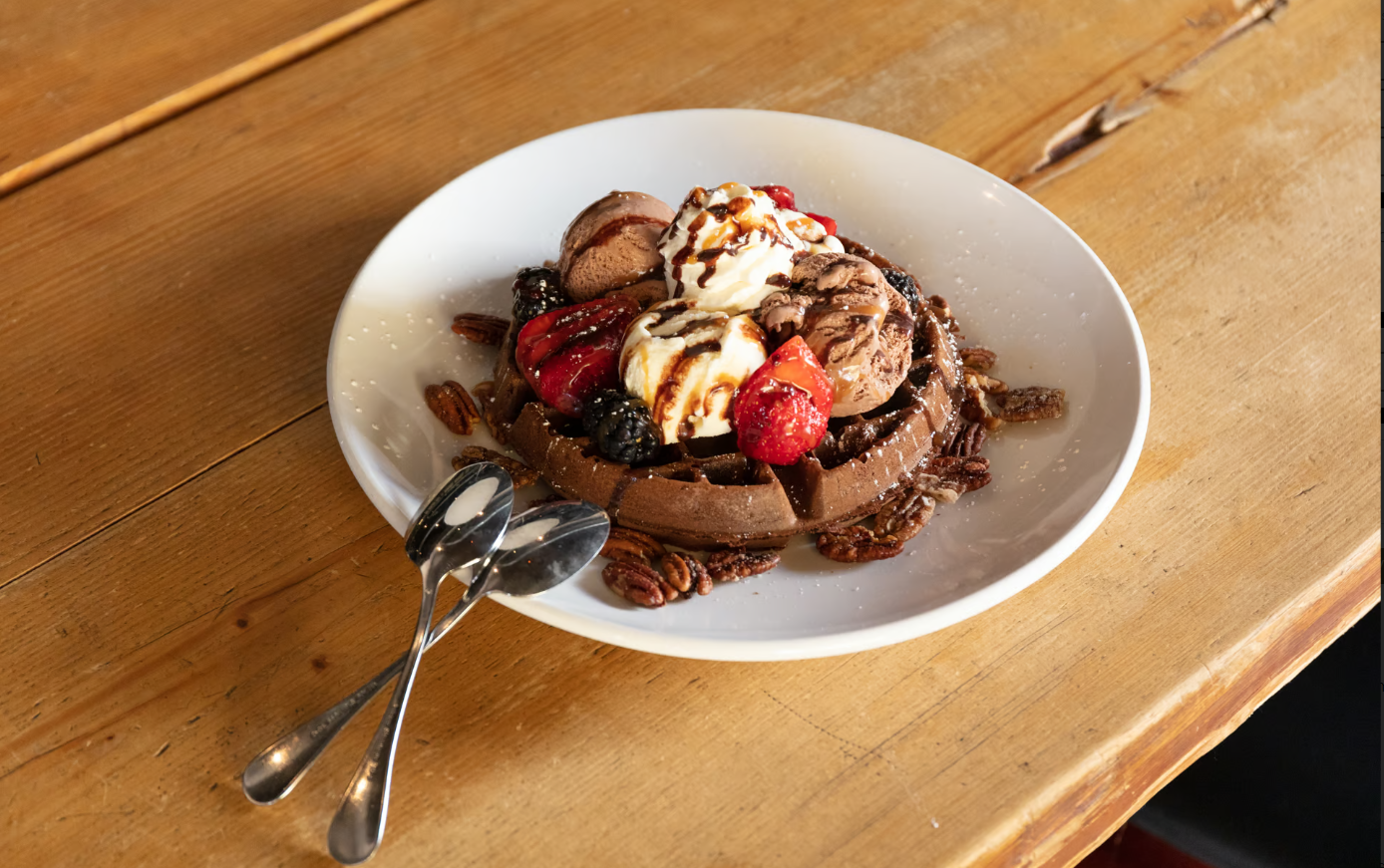
Janos Wilder has had his pulse on Tucson’s culinary scene since 1983, when he introduced New Southwestern cuisine to the city at his groundbreaking Janos, on the grounds of the Tucson Museum of Art. Before then, the idea of applying classical French cooking techniques to local ingredients was largely unknown in town. In another innovative move, Wilder debuted Tucson’s first modern food truck, Wild Johnny’s Wagon, in 1994, also on the museum’s grounds.
Four years later, he relocated Janos to the Westin La Paloma and opened the adjacent J-BAR, featuring a more casual menu with his signature local-kicked-up-a-notch focus. (I still dream of its J-Dawg, a Sonoran hot dog that subbed crème fraîche for sour cream and nopalitos for onions, sided by a cone of perfectly crisp fries, accompanied by a house prickly pear margarita, and chased by a chocolate jalapeño sundae.)
Wilder won the James Beard Award for Best Chef in the Southwest Region in 2000.
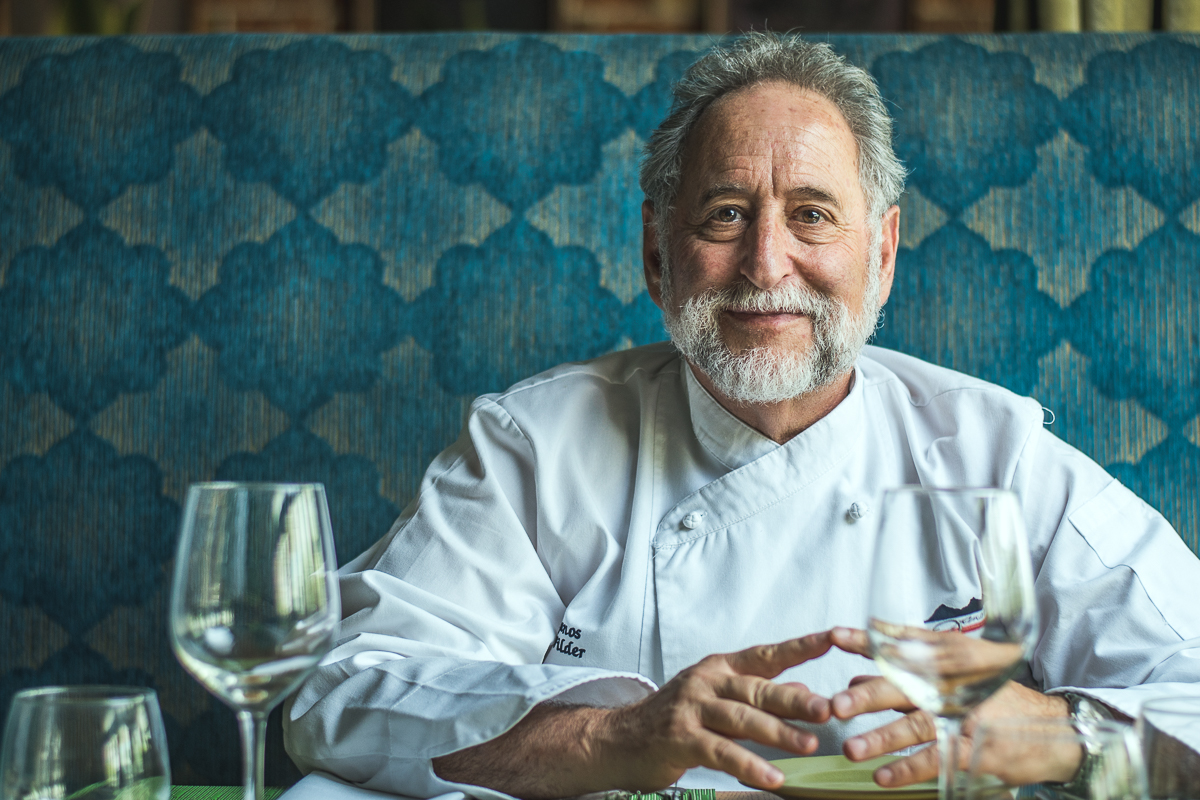
In 2010, he returned to the heart of the city with DOWNTOWN Kitchen + Cocktails, a contemporary chic dining room with a modern international menu. It closed in 2021, ending Wilder’s nearly 40-year run as a restaurateur.
This relative calm after the storm of the last few years seemed like a good time to check in with the chef about his view of Tucson’s food future.
TF: You opened your first restaurant in Tucson in 1983 and closed your last one in 2021, moving from downtown to the Foothills and then back downtown again. What were the most significant changes you saw over those four decades, in both culinary and geographical terms?
JW: From a culinary standpoint, I think we’ve seen an increasing sophistication of food that independent restaurants are producing. While there was a tremendous infusion of chain restaurants over that period of time, the independent restaurant community also stayed strong. The independents are the ones that really tell the story of where you are and have a sense of place. That’s a trend that continues and will endure.
Regarding geography, I would say if there is any real weight to the culinary scene, it’s downtown now. Although it certainly has taken a hit like everywhere else in Tucson through COVID-19, I think it will bounce back even stronger in the downtown area.
When I first opened Janos, downtown was a culinary desert and it continued that way for thirty years. In 2010, when I moved back with DOWNTOWN Kitchen + Cocktails, it was still a culinary desert, but it began to pick up strength and momentum with the arrival of a lot of restaurants, bars, and nightclubs. In the last ten or twelve years, there’s been a tremendous increase of residential and hotels downtown, which will really help anchor it as a culinary area along with visits by locals.
More big projects are coming on the line downtown, including more restaurant projects.
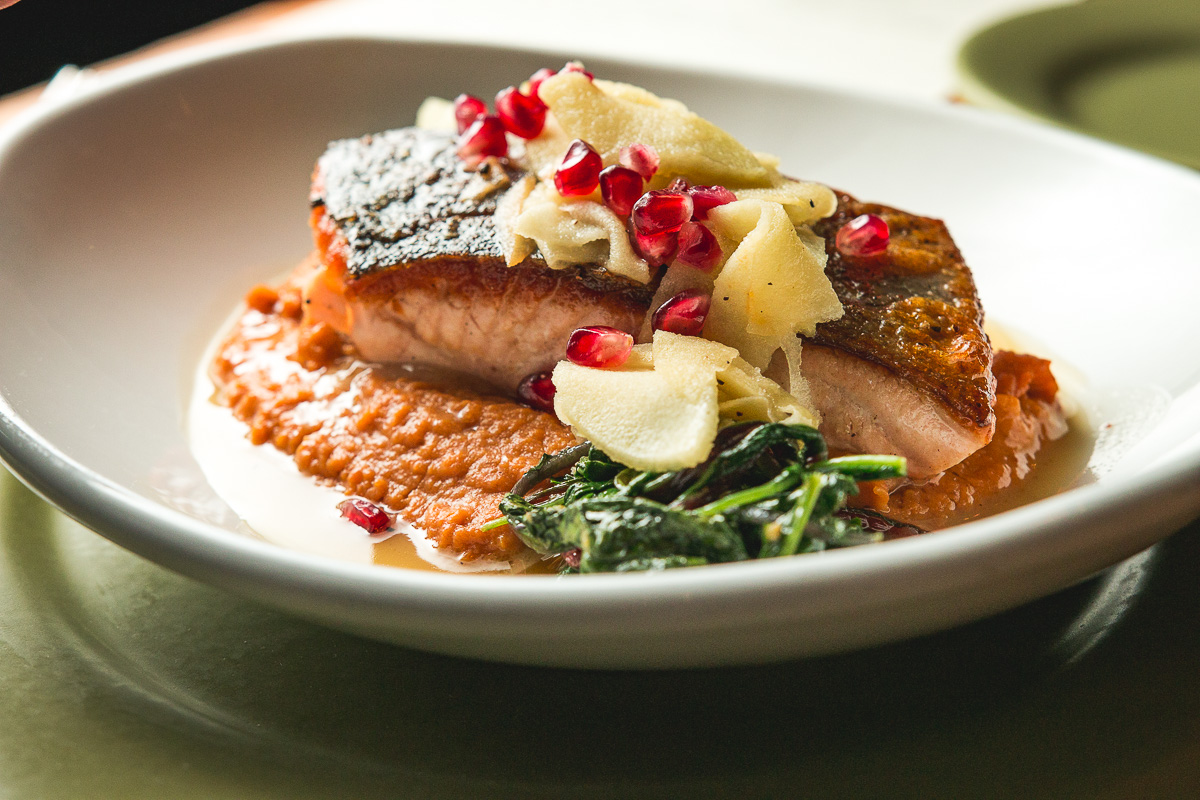
TF: How resilient do you think Tucson was in the face of the pandemic and, long-term, how do you think it might have influenced the future of restaurants in town?
JW: I think we’ve seen a demographic shift in who’s owning restaurants to younger people. And that’s natural. A lot of people who started restaurants around the time that I did decided it was time to get out. You could sit around and ride the downturn, but it would take years to recoup your losses. So a lot of older people have left and will continue to leave, for that and other reasons. But you’ll see another generation of younger restaurateurs take up the slack, so there won’t be a vacuum.
The other thing that factors in as well is that, like every other business, restaurants are having a hard time getting labor. That puts a lot of pressure on wages. That’s not a bad thing by any means, but it’s already changing the way restaurants do business. You’re going to see a lot fewer full-service restaurants and a lot more limited-service restaurants, ones that overall take less labor to run.
TF: So is there going to be a shift from fine dining to more casual dining — or should I say an acceleration of that shift?
JW: I think you’re going to see fine dining redefined. Meaning not necessarily less sophisticated or less high-quality food or less thoughtful menus, but a different level of service. You won’t as often have tableside service and the servers and bussers and sommeliers and all those layers of service that were synonymous with fine dining, but I think the quality of food that was synonymous with fine dining or maybe right below that will take place in more limited-service environments.
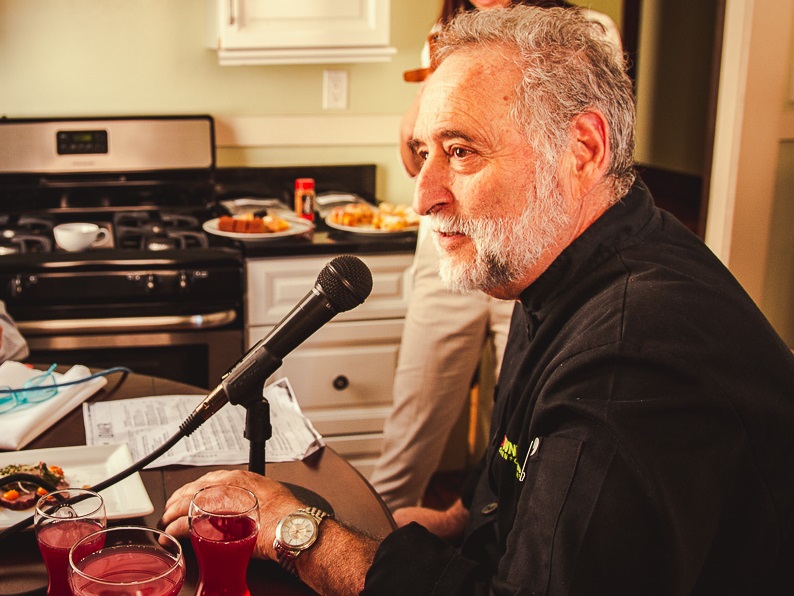
TF: Is that likely to be true long-term?
JW: Things go in currents and waves, but for the foreseeable future yes, for a couple of reasons. You might see people coming back to work at restaurants. You see this in many industries where the grass seemed greener and didn’t turn out to be. So maybe some restaurant workers will try to come back, but they’ll return to a different landscape, where there aren’t as many of those jobs to be had because restaurants have shifted how they operate.
Also, an outcome of the pandemic to some degree is inflation. One thing I can be pretty sure of is that the prices are going up in restaurants and many people won’t be able to eat out at all. And we can be pretty sure those prices aren’t ever going to come back down. In all my years in the business, I’ve never seen restaurant prices go down.
The prices of ingredients fluctuate all the time, so they’ll come back down, maybe even to what they had been four or five years ago, but I don’t think you’re going to see restaurant prices go down along with.
People have become very comfortable with getting restaurant food and eating it at home; I don’t have the precise figures but you can check them. [I did: See Dine-In vs Takeout Trends] The significant percentage increase in takeout orders during the pandemic may not continue on that high-level in the next ten years or so, but it’s going to be way higher than it was. And with all these third-party apps, getting takeout is easier to do, and restaurants have learned to do a much better job with it. I think the trend might slow down, but it’s not going to go away.
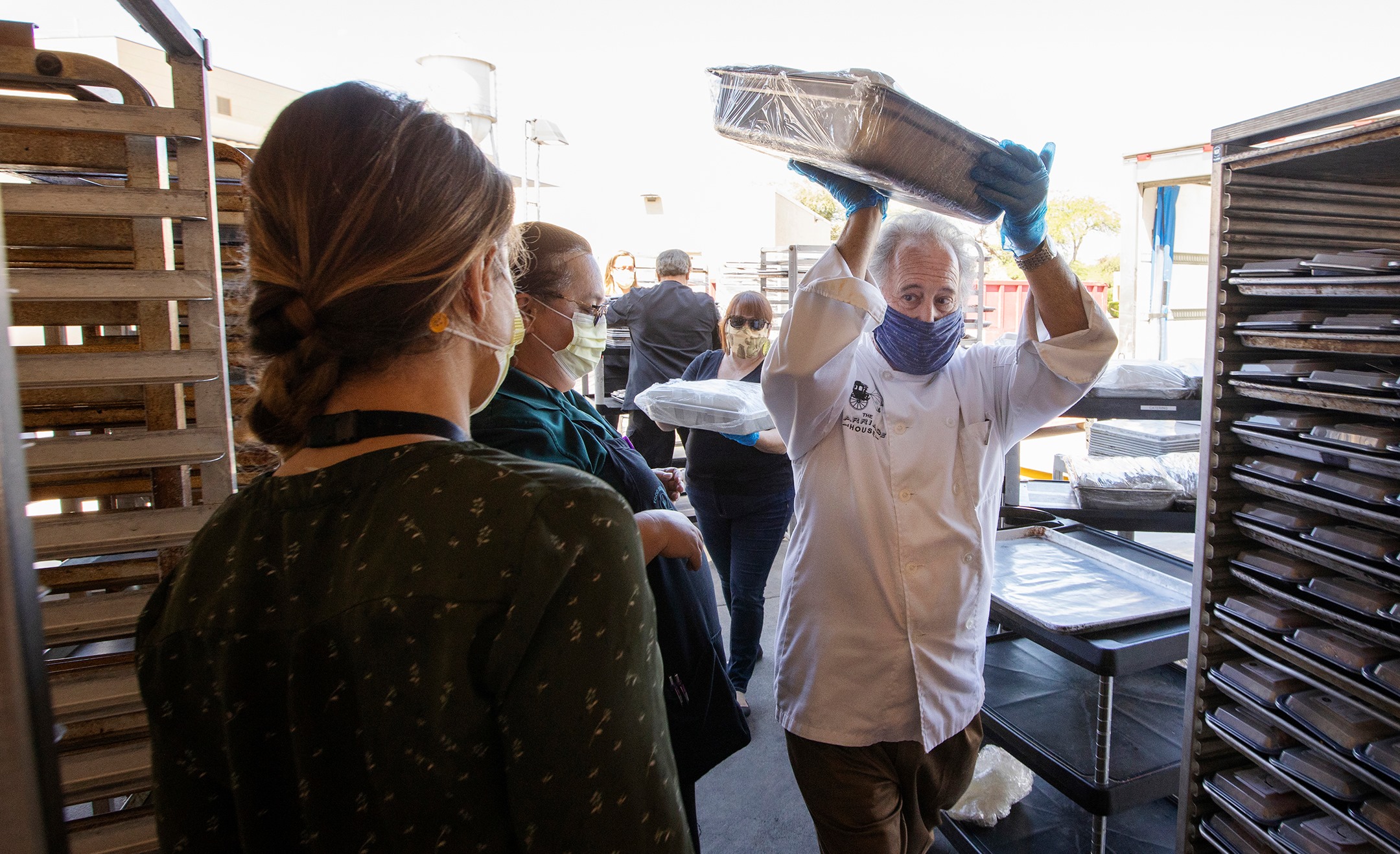
Along those lines, you see the rise of ghost kitchens, kitchens that people cook out of and make food that’s only available for delivery or pickup. There are no dine-in customers. They can do a number of brands in the same kitchen. It’s a little more complicated than that; you should do a deep dive into that. [We will, but for an example in Tucson, see “Sicily Meets Sonora.”]
The other thing that’s changing in dining is the popularity of food kits, ordering meals online and finishing them in the kitchen, to whatever degree. It was starting before the pandemic but it really took off then and is not going away. That’s huge, there’s a tremendous market.
That said, you continue to see food trucks going back to brick-and-mortar.
TF: Do you think food trucks are the wave of the future or are they always the route to something else? In movies like Chef, when you see a food truck, it’s often the way to the dream of opening a brick-and-mortar restaurant.
JW: I think it just depends on the individual, on what their dreams are. Food trucks are great mom ’n’ pop places when both parties are working on it, but you’re both tied to it. The overhead is a lot lower, but it’s hot in there. Those are not the best working conditions, particularly in Tucson. I know that from personal experience with Wild Johnny’s Wagon.
TF: Yes, you were ahead of your time with the food truck in 1994.
JW: Definitely. We didn’t have any models. We just had an idea to solve a problem and it worked and now you see all these food trucks. It’s not that they saw mine and thought, this is what we should do. It was completely independent, I’m sure. But I never ever heard of it before we did it.
You had the trucks that would go around to the construction sites and factories. And you had all the ones in south Tucson, vehicles with kitchens in them, but they didn’t really move. Those are different. We’re talking about the modern food truck.
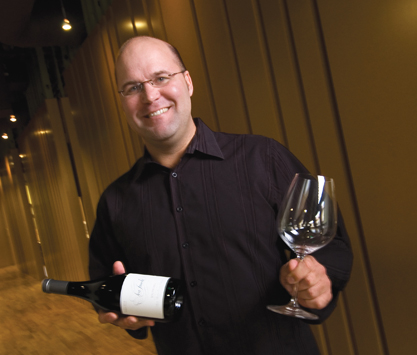
TF: What was the problem the food truck resolved?
JW: As you mentioned, we opened Janos at the Tucson Museum of Art in 1983. The idea was we would serve lunch and slowly work into dinner. It wasn’t very long before the dinner service became really popular, and we couldn’t do both lunch and dinner in our small kitchen. And dinner is what would pay the bills. But the museum needed to have lunch served on the premises. And that was one of those moments, in a conversation with a friend, where the light bulb goes off. We did a lot of research about its feasibility, and Wild Johnny’s was born.
TF: You were one of the people who was instrumental in helping Tucson get the UNESCO City of Gastronomy designation in late 2015. We were the first city in the country to get that important recognition. Specifically, how did that affect the local food scene, and going forward, what do you see as its impact?
JW: I think it’s a major impact. About three or four years ago, at least the last numbers that were available to me, we generated $40 million dollars worth of in-kind articles around the world, articles that were essentially predicated on Tucson getting that designation. So we’ve had a tremendous amount of press, and that spawns a lot of other stuff.
There have been a lot of food shows that were done here, including most recently Top Chef on Bravo. Not all of those were spawned by the City of Gastronomy, there were other angles as well. But Tucson continues to be a darling of the national and international media, even if the articles don’t directly seem to have anything to do with food.
It’s enduring and will continue to have legs. Every year the number of applicants for certification programs for the City of Gastronomy increases dramatically, so the number of certified restaurants and artisans keeps on going up and that’s important because there’s a number of aspirational things that they have to do in order to achieve that certification and maintain it. And many of those things revolve around heritage foods and ingredients and local sourcing. More and more restaurants are going to be doing that because they’re certified, or because they want to become certified, and we’ll be getting a lot of press for that too.
TF: Speaking of the press, celebrity chefs are here to stay. Who are the chefs to watch in Tucson going forward?
You’re laughing.
JW: I’m laughing. Because it’s a great question and I’m not sure that I know who they are, to be honest with you. There are one or two people like Don Guerra and Maria Mazon, and I still get press and maybe there’s another one or two that I don’t know about, but we need to have more and new faces because we have a lifecycle. Let’s put it that way. As a member of the press, you can comprehend that and explain that better than I can. You know you’re always looking for the shiny new story.
But we need more people and one of the things that we’re doing with the City of Gastronomy is our Ambassador Program. We have a curriculum for chefs to become ambassadors around the world, teaching them how to represent Tucson. This will help to garner them prestige and acclaim.
That curriculum teaches them how to work with journalists, whether print, TV, or social media. Chefs need to be comfortable with that environment. When the chef comes out to the table to talk to you, it makes a big difference to you as a food journalist, right? It means something to you and it adds something to the story.
So I don’t have names to give you. I don’t think that’s fair because my view is pretty small and I just favor the people I know and I’m probably missing people that I don’t know.
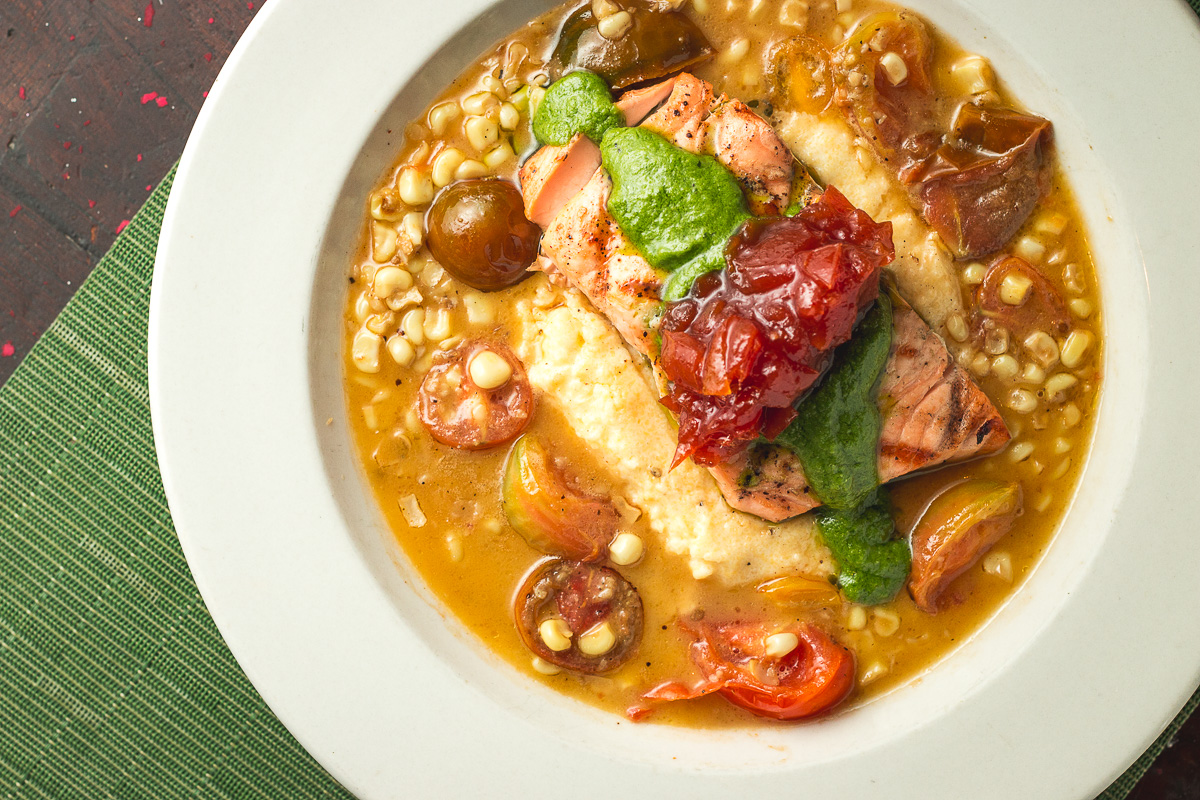
TF: Related to that, a lot of chefs who worked for you in the past started their own restaurants. There was an article in the Tucson Weekly years ago tracing the family tree of chefs and restaurateurs who worked for you at the original Janos. Is that still happening?
JW: It is, oh my god, that tree has roots that are long and deep and huge, in Tucson and all over the country, and I’m super proud of it. My graduates have gone to do phenomenal stuff and leave me in the dust sometimes.
That’s another story.
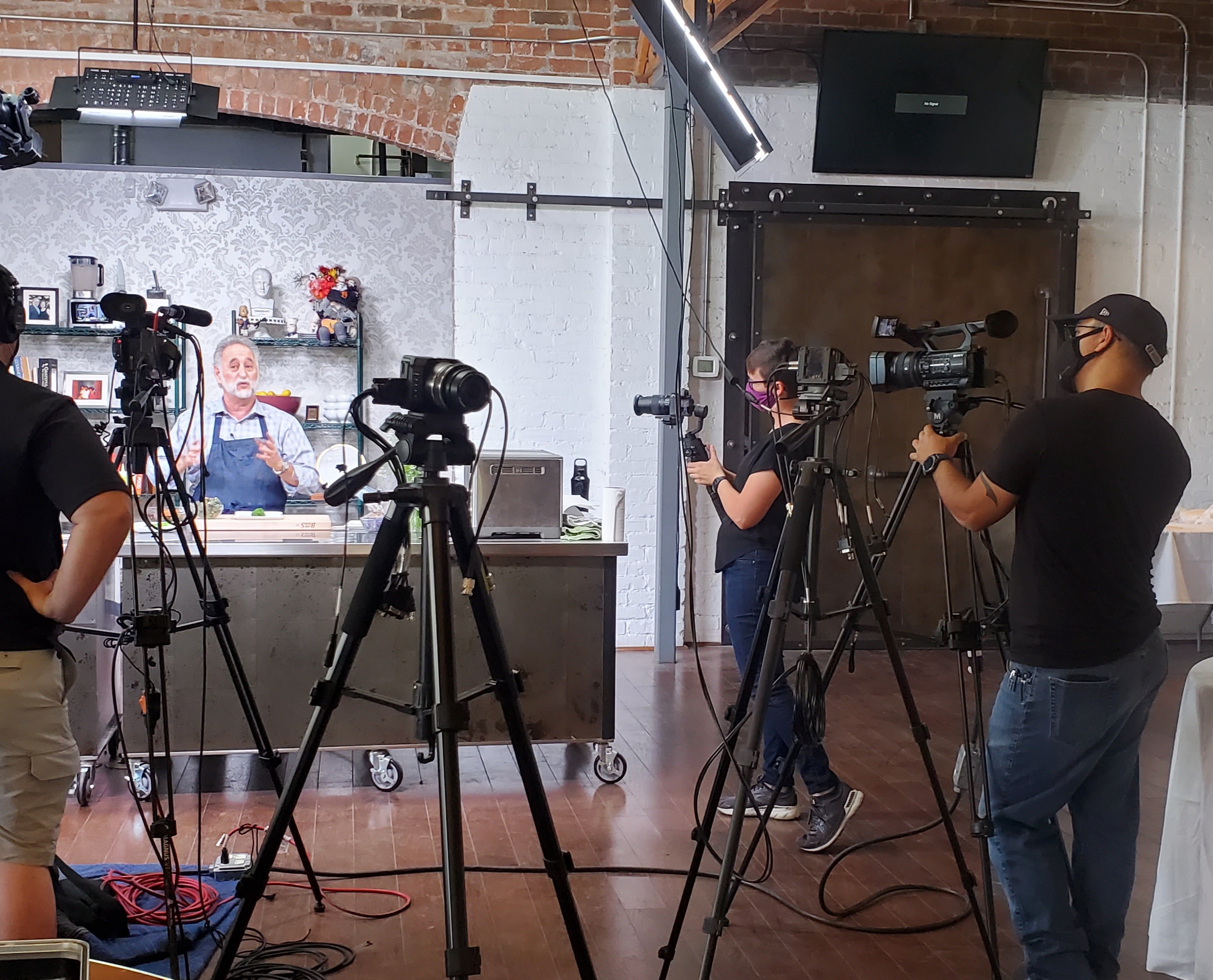
TF: So what about you? You’re done with restaurants. But are you going to continue with cooking classes? Do you think that that’s a wave of the future too?
JW: No, I don’t think it’s any more of a wave of the future than it has been. The public’s long had interest in cooking classes and they’ll continue to have interest. It’s a niche market and it’ll continue to be a niche market. That doesn’t mean small. It just has its place
As for me, I’m not going to be in the restaurant business anymore. I would be ready to break the story about my next step, if it were a story. It’s not a story until it happens. Everything is lined up for it to happen. But it’s going to be very small.
I’m looking at science. I’m looking at the future of food. I’m looking at climate change and what it does to food, what we’ll be able to eat and cook with in the future. I’m working with scientists here and in other countries. I love it. I get to work with my daughter-in-law on a project and with other super incredibly bright people and partially it comes up for me under the heading of City of Gastronomy. We’re bringing in other sister Cities of Gastronomy on this particular project. So that’s super fun.
I also want to continue research on our border foods, our heritage foods, document work that I’ve done, and do more video classes and that sort of thing. Maybe some very small in-person classes because I don’t want to have a large footprint.
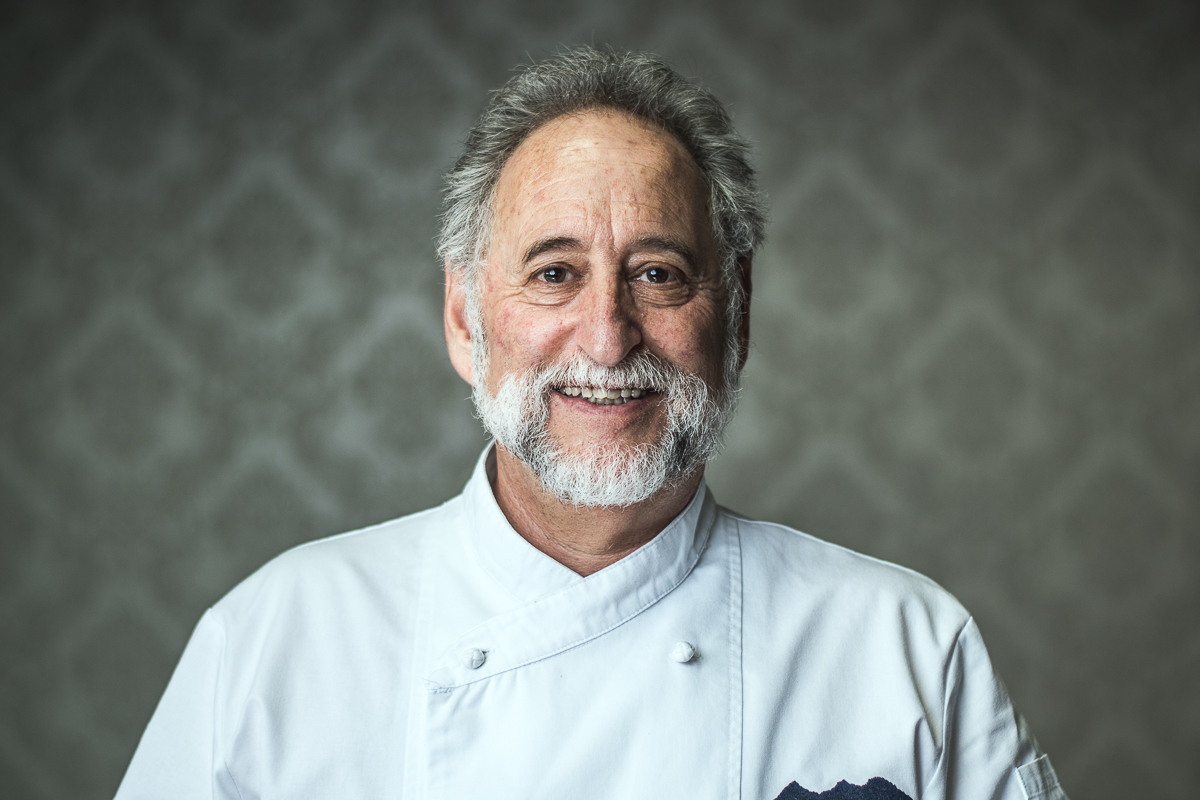
TF: So you’re not slowing down in the least?
JW: Well, I don’t think my first step is as fast as it used to be.
TF: Maybe not, but it sounds like you have a lot of irons in the fire or whatever cliche you want to use.
JW: Oh, I do. I’m having the time of my life. I’m loving this next stage, this sort of retirement phase, as much as I’ve loved anything else. This is amazing to me, having done it so long, but I don’t miss being in the restaurant business. I loved it so much I drank from it fully. There’s not one little stone unturned. It’s been a great, great run and I will forever feel fortunate for it. And I feel just as fortunate moving forward.
Edie Jarolim has worn many hats, including a sombrero on a one-too-many-margaritas night. She earned a Ph.D. in American literature from New York University and was a guidebook editor at Fodor’s (Random House) and Frommer’s (Simon & Schuster) in New...